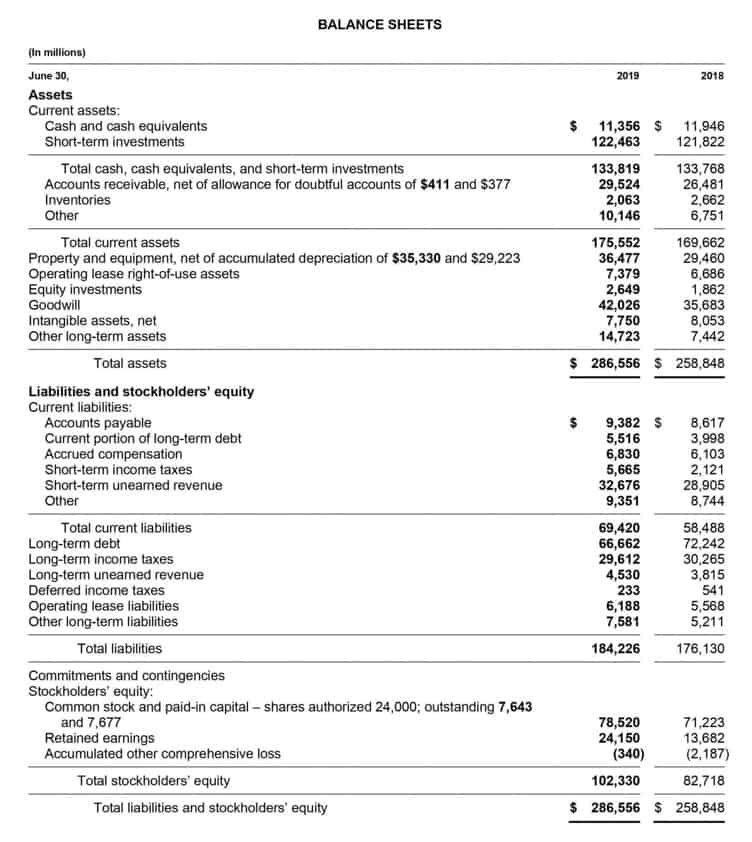
We’ll show you how to record bad debt as a journal entry a little later on in this post. These resources provide detailed information on Bad Debt Expense, including definitions, calculation methods, and strategies for https://www.bookstime.com/ managing it. All of these resources are from reliable government or educational sources. Sallie Mae offers a variety of repayment options, whether you want to start while still in school or wait until you graduate.
How to Save Money When Selling a House
- If you already have debts listed in your journal’s ABD, deduct each bad debt allowance from its total.
- Bad debt expense arises when a customer fails to pay their outstanding balance within a reasonable period.
- Let’s say you have $20,000 in net credit sales at the end of your current account period.
- The calculator is designed for credit sales; for cash sales, bad debt expenses are typically negligible.
- You may also owe prorated interest as well as a prepayment penalty if your lender charges one.
This guide demystifies the process, covering various methods and essential concepts. By keeping tabs on unpaid debts and late payments, businesses can paint a true-to-life portrait of their financial statements and the value of their receivables. It’s all about factoring in those uncollectible accounts when creating a balance sheet and weighing the cost of debt. Bad debt expense arises when a customer fails to pay their outstanding balance within a reasonable period. It often occurs due to various reasons such as bankruptcy, financial distress, or disputes over services rendered. To properly calculate bad debt expense, businesses must first establish an allowance for doubtful accounts (ADA).
Credit Policy Enhancement:
Calculating bad debt is more than a routine financial task; it’s a strategic move to mitigate risks. The calculator allows businesses to quantify potential losses due to uncollectable credit sales. In the intricate dance of finance, where credit sales and revenue streams intertwine, the specter of bad debt looms. The Bad Debt Expense Calculator emerges as a beacon, offering a pragmatic approach to assess potential losses and safeguard financial stability.

Which Method Should You Use?
- Utilize advanced accounting software for streamlined invoicing, automatic reminders, and real-time accounts receivable insights.
- Being able to prepare for both good and bad situations means that you can be as prepared as possible.
- This is the amount of money that the business anticipated losing every year.
- Banking services provided by Community Federal Savings Bank, Member FDIC.
- Estimating bad debt can be done using either the percentage of accounts receivable method or the percentage of sales method.
- It is useful to note that when the company uses the percentage of sales to calculate bad debt expense, the adjusting entry will disregard the existing balance of allowance for doubtful accounts.
- At the end of the year, you’re left with $1,500 in outstanding accounts, which you don’t anticipate being able to collect on.
It then removed $252 million, as these were debts it no longer expected to collect. This left Microsoft with an ending balance of $798 million in their allowance for doubtful accounts. The business must create a journal entry to reflect the loss in such a situation. The entry will require debiting the Bad Debt Expense account for $5,000, representing an expense for the business. It will credit the accounts receivable account by the same amount, reducing the amount the customer owes. A high bad debt ratio can indicate that a company’s credit and collections policies are too lax, or it may suggest that the company is having trouble collecting customer payments.
When a company makes a credit sale, it books a credit to revenue and a debit to an account receivable. The problem with this accounts receivable balance is there is no guarantee the company will collect the payment. For many different reasons, a company may be entitled to receiving money for a credit sale but may never actually receive those funds.

Credit requirements
Most businesses use accrual accounting as it is recommended by Generally Accepted Accounting Principle (GAAP) standards. This method estimates bad debts based on a set percentage of total credit sales, using historical data to predict future uncollectible amounts. The allowance for doubtful accounts method is a more sophisticated way of estimating how much bad debt expense calculator bad debt you might incur. You can then adjust this amount as new information becomes available.You then create a ‘pool’ of funds to cover any losses that might occur and make provisions against them. This article covers how to calculate your bad debt expense formula, examples of its use, what it means, and how you can use it to protect your business.

Why Is It Essential to Track the Bad Debt to Sales Ratio?
Actual Bad Debts
- Using the direct write-off method for Company B’s £625 of bad debt, you would simply list a bad debt expense transaction on your Profit and Loss statement.
- The aging method groups all outstanding accounts receivable by age, and specific percentages are applied to each group.
- To record the bad debt expenses, you must debit bad debt expense and a credit allowance for doubtful accounts.
- Under the percentage of sales basis, the company calculates bad debt expense by estimating how much sales revenue during the year will be uncollectible.
- Our partners cannot pay us to guarantee favorable reviews of their products or services.




